Want to travel? Six tips to make you travel-ready for any season
You have a holiday coming up soon. Or, it feels like it has been too long since the suitcase was put to use.
Want to make travel plans but unsure of the best season to travel? We’ve got you covered. Here’s a handy guide on what to consider when you’re traveling in any season.
1. There’s a season for every reason
Unless you’re looking for a getaway to decompress and recharge yourself. In that case, there’s no bad time or season.
If you prefer to be inbound, cooling your heels off in a resort, go ahead and make plans. Just don’t go if there’s a snowstorm or hurricane alert.
This is simple. Your travel purpose determines the best time to travel. If you’re traveling to stay indoors at a meeting or to lounge about, you’re travel-ready in any season.
But if you’re outdoorsy, enjoy exploring places or revel in adventure activities, summer or spring are obvious choices. The days are long, the weather works for most people, and there’s plenty of opportunity to head out.
If you’re planning a safari, a summer visit would imply better animal sightings. Or if you’re looking to sunbathe, a visit to the Caribbean between December and April would be ideal.
This is a popular choice for Americans looking to soak in the sun, and also escape the winter back home. You also don’t go to the Poconos in summer if you’re planning to ski.
It might sound basic but your reason to travel often determines your season to travel.
2. Are you a ‘bring it’ or ‘wing it’ traveler?
You’re a meticulous planner, and book your travels the recommended two months in advance. The seasonality in travel will impact you, but not greatly, in the planning stage.
You’re good to go in any season, as long as the traveling destination offers the experiences you are looking for.
But if you’re casual about planning and traveling, you should consider travel options that make such quick tourism easier. Traveling in the peak season will probably not work.
Holiday time travels can be unreliable, time consuming and expensive. Flights get delayed often due to higher air traffic and erratic weather (in the Christmas - New Year week, especially).
These can be chaotic to handle. It is also challenging to find good accommodation at this time. Visiting tourist spots will also need more planning when footfalls are high. Traveling in the off-season would work better in such cases.
Similarly, if you’re not a fan of elaborate packing and preparation, traveling in winters or rainy months can be a challenge. Packing to cover rain or snow scenarios needs planning, and willingness to lug heavier backpacks.
Packing light works best for summer and spring travel. Casual travelers sometimes prefer buying essential seasonal wear at the tourist place instead of carrying big suitcases.

3. Know your travel persona: Mass tourist or Niche tourist
If you enjoy the traditional tourist experience, you will enjoy visiting a place in the peak tourist season. This period varies with every location.
Tourist destinations often reserve their best game for the peak period, and visiting then optimizes your visit for that reason.
This is not without its challenges. Visiting a place at its busiest period will involve greater travel and accommodation spend, navigating more traffic and queues among other tourists.
If these do not sound like a hassle, you should visit a place when it’s most ready to welcome you.
If you’re more of a niche tourist, you will enjoy the quietness of the off-season. You can explore the destination at your pace, and afford better accommodation and travel. Not every place will be crowded, and need planning ahead to visit.
There’s also a growing trend to travel in the shoulder season, which is the period between the peak and the off-seasons. It is when the tourist footfalls aren’t very high, but the destination isn’t the quietest either.
Easier accommodation, more personalized service and greater chances of getting upgrades make this period good for niche travelers.
For example, if you’re looking to visit a National Park, summer is ideally the busiest season to sight animals, and winter the off-season due to harsh weather. Shoulder seasons would typically include fall and spring.
4. Plan to minimize travel fatigue
Travelling is enjoyable, but also stressful for many. A departure from routine, days packed to the brim with activity and erratic sleep often make travelers tired, especially kids.
Travel fatigue is real, and tourists deal with it after travel too. All this makes it important to plan travel around the season our bodies can handle it best.
Generally, traveling in summer is considered safer and healthier for most people. Holidays in summer are spent outdoors, with lesser risk of air-borne infections and indoor allergens.
Spring has mild weather that works for tourists across geographies, but it is also pollen season, unsuitable for those with allergies.
Winter travelers usually spend more time indoors, risking infections caused by mold and dust mites. There is no one season that works best for the health of travelers – when they are most comfortable depends on the climates they are acclimatized to.
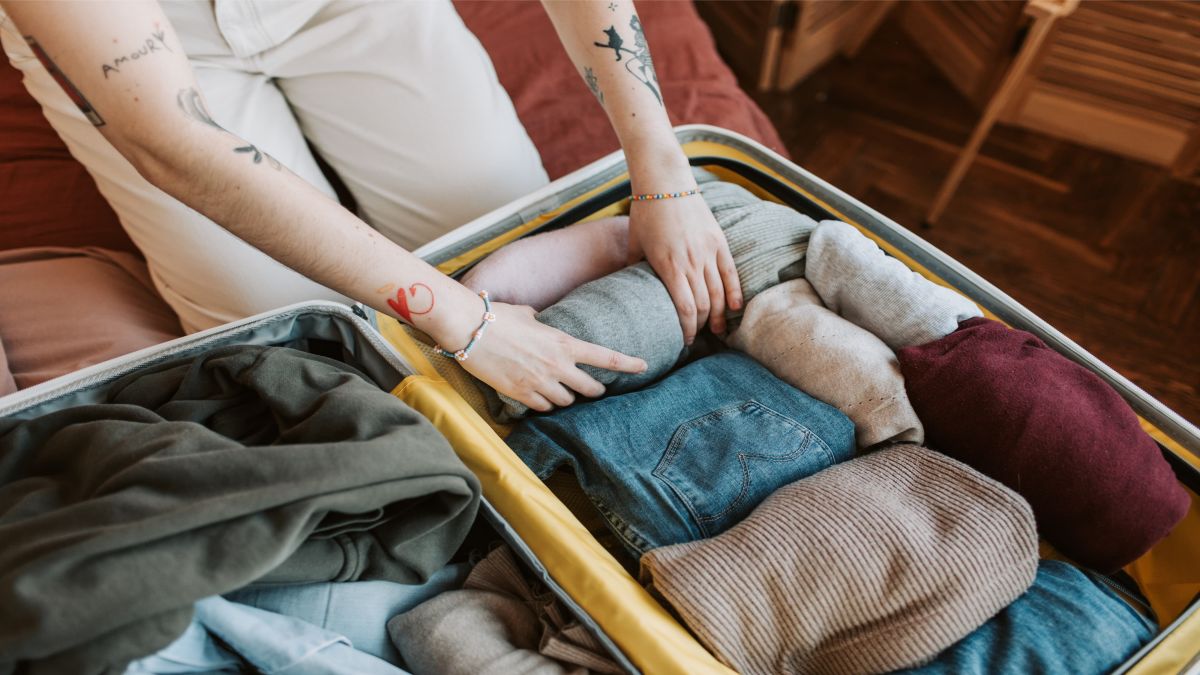
5. Splurge in the peak season or optimize the off-season
Our travel budget often determines where and how we visit. If you’re trying to be economical, traveling in the off-season will make most money-sense in accommodation and travel costs.
Domestic travel within the US is usually the cheapest right after a holiday season. January and February are the best months to travel to such places.
Flights are cheaper, accommodation is more affordable, and the destinations still offer good tourist experiences.
6. Minimize footprint and maximize benefit to local economy
Travel has a huge carbon footprint. Comforts tourists enjoy at a place often come by depriving local communities of resource rights in their own towns.
To travel or not can be an ethical dilemma for many from an environmental standpoint. Here’s how you can plan to travel with a reduced footprint.
Travel is often considered more sustainable in autumn and spring in the US. Tourist places are usually less stressed then, which makes it better to travel.
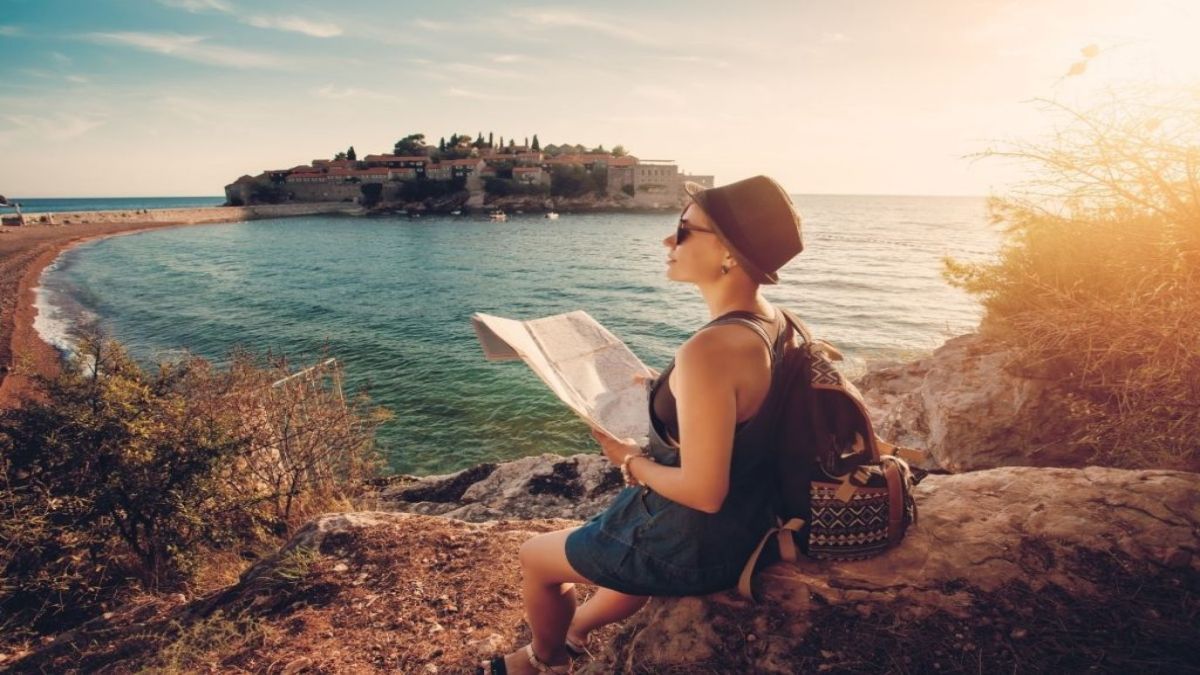
A lot of locals are employed in seasonal jobs in the hospitality industry, and are out of work in the off-season period. Visiting the place in the off-season can benefit them.
Peak-season tourism often over-burdens the infrastructure of the travel destination. In water-stressed places, traveling in summer will heighten water scarcity.
So planning to travel in the season that minimizes our stress on the tourist destination, can make our travel choices environmentally better.
OTHER NEWS
-
- Fortress of Comfort: Choosing the Perfect Tent for Your Backcountry Adventures
- By Kamal Singh 07 May,2024
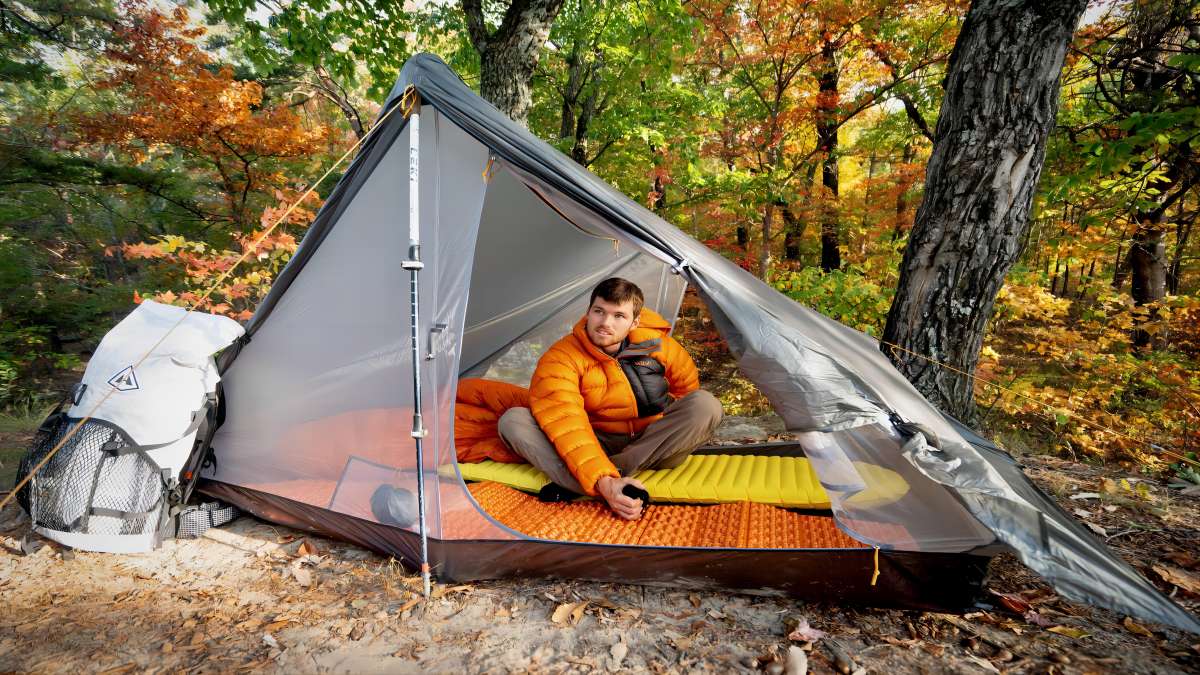
-
- The Art of Planning an Affordable Trip: Tips and Tricks for the Budget-Conscious Traveler
- By Molly Joshi 23 May,2024

-
- Introduction to the History of Waterway and River Travel
- By Kamal Singh 21 May,2024
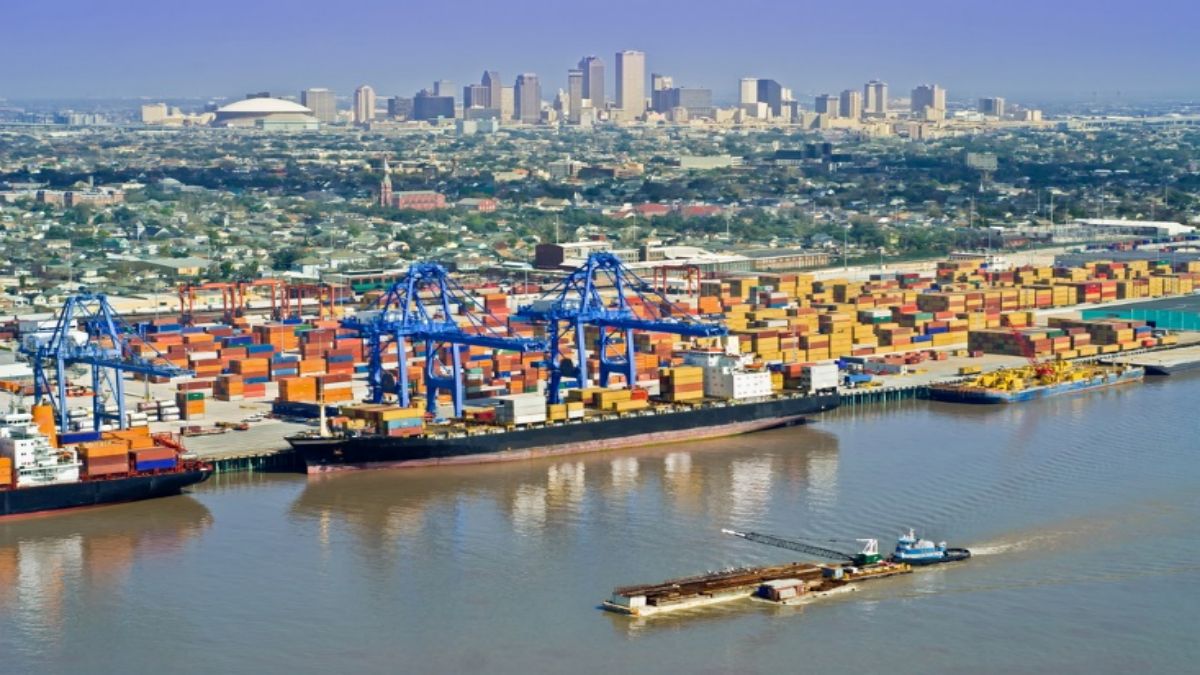
-
- Essential Camp Kitchen Gear for Culinary Adventures
- By Kamal Singh 10 May,2024
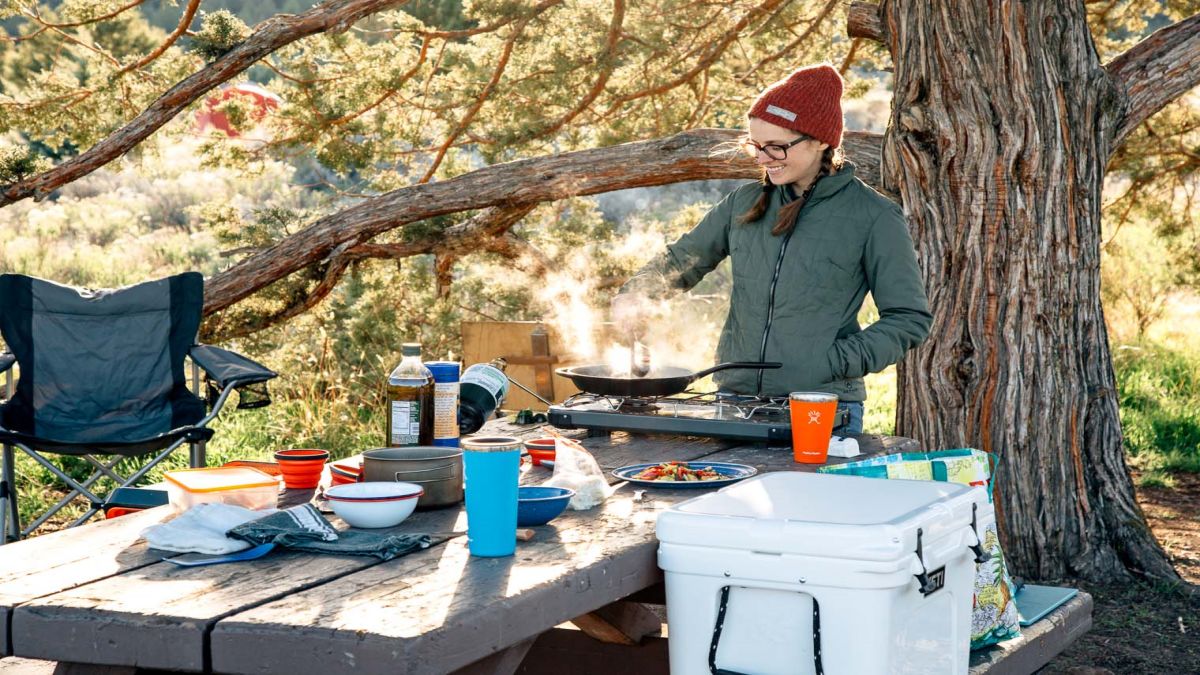
-
- Traveling Along American Riverbanks: Grand River, Red River
- By Kamal Singh 21 May,2024
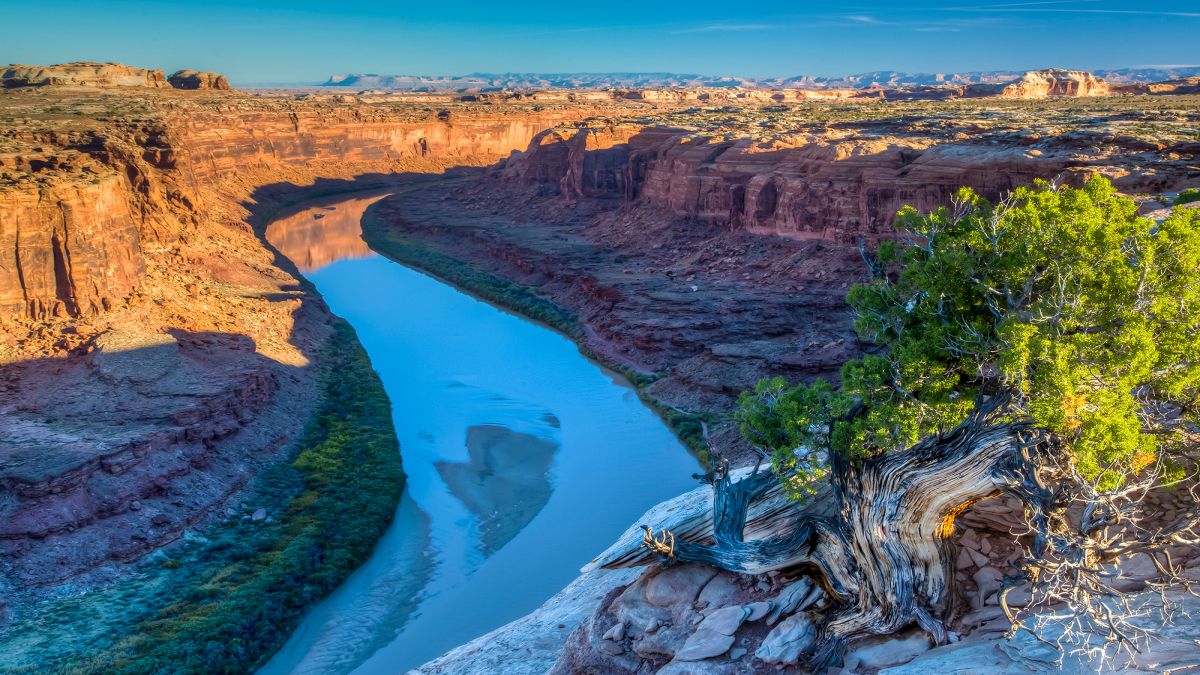
-
- Popular River Travel Destinations Around the World
- By Kamal Singh 21 May,2024
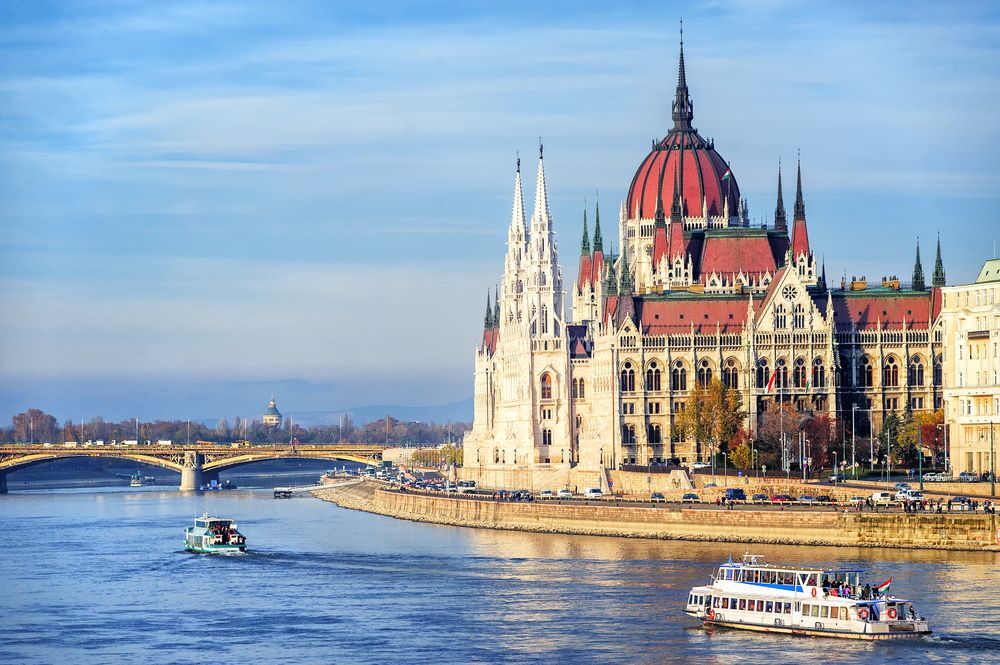
-
- Five Tips for Summer Hiking
- By Prodosh Kundu 19 Aug,2024
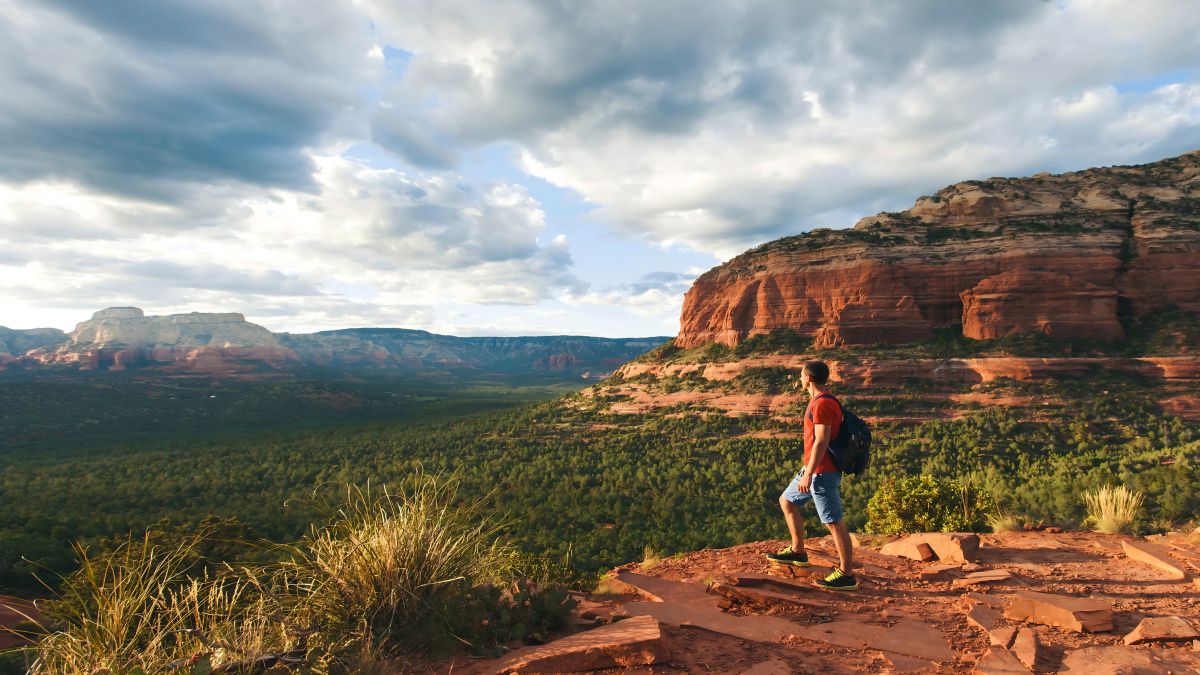
-
- RV Road Trips: Discovering the Beauty of America's Scenic Highways
- By Prodosh Kundu 30 May,2024
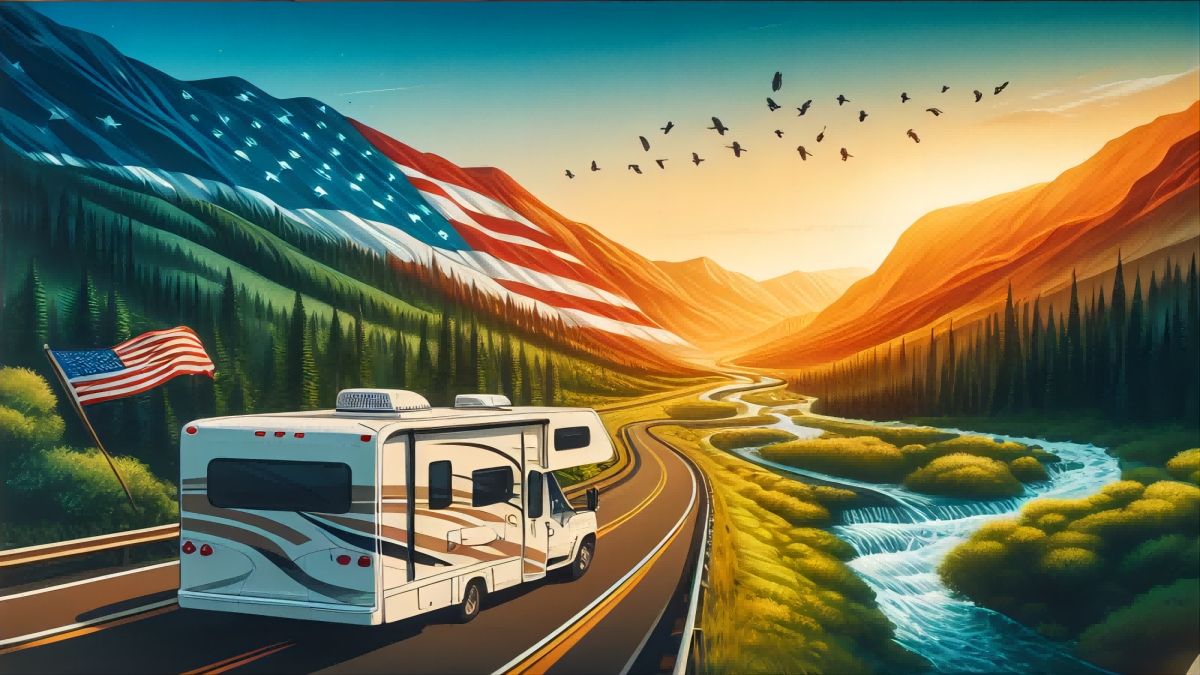
-
- From Feast to Finish: Fueling Your Cycling Adventures
- By Kamal Singh 17 May,2024
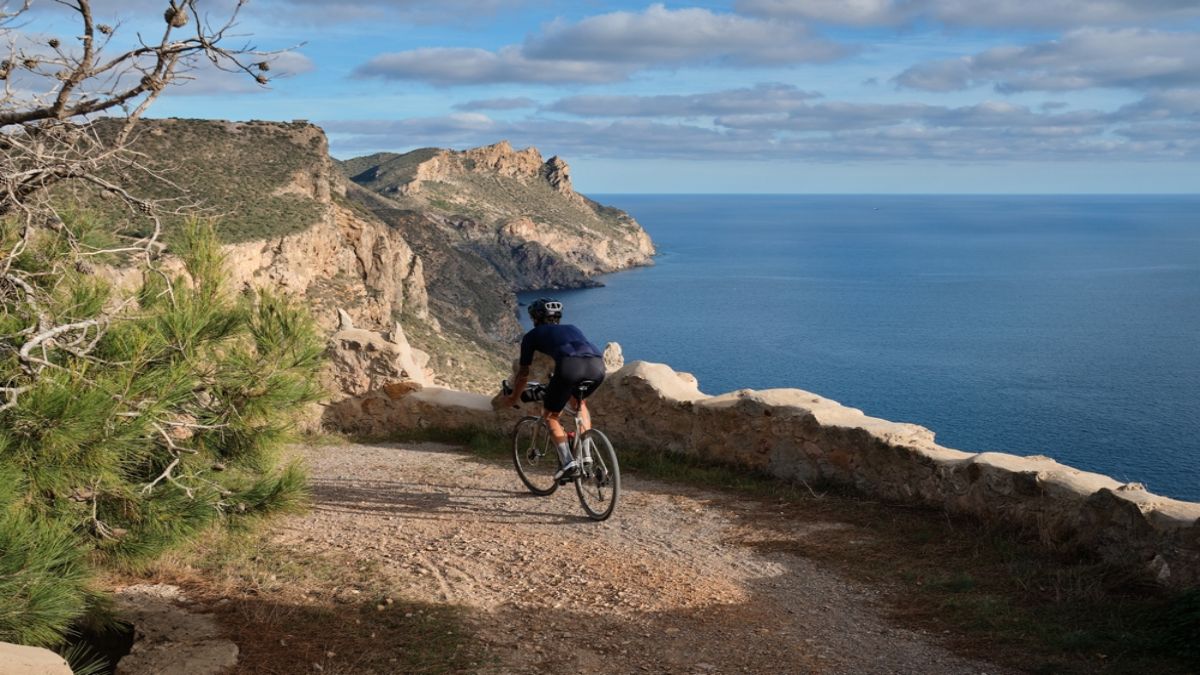
-
- Paved Paradise or Gravel Playground? Your Guide to the Wild World of Cycling Routes
- By Kamal Singh 17 May,2024

-
- Campfire Magic: Your Guide to a Perfect Outdoor Fire
- By Kamal Singh 08 May,2024
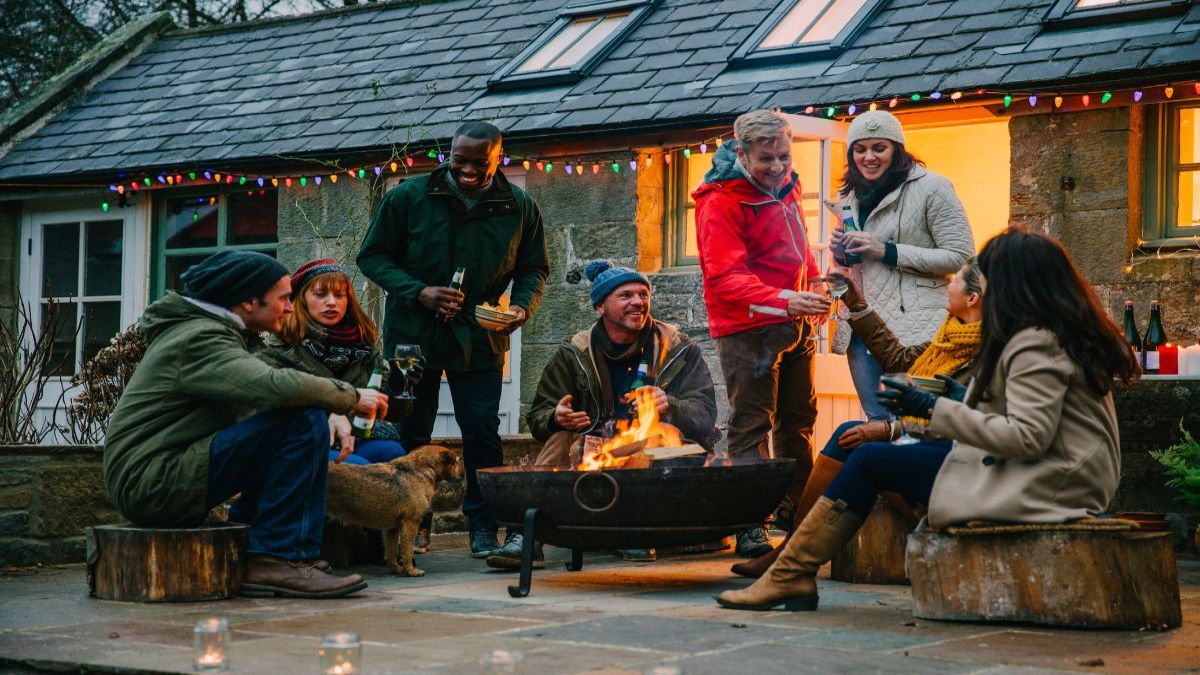
-
- America's Top 10 Most Beautiful Campsites: A Paradise for Nature Lovers
- By Prodosh Kundu 26 Jun,2024
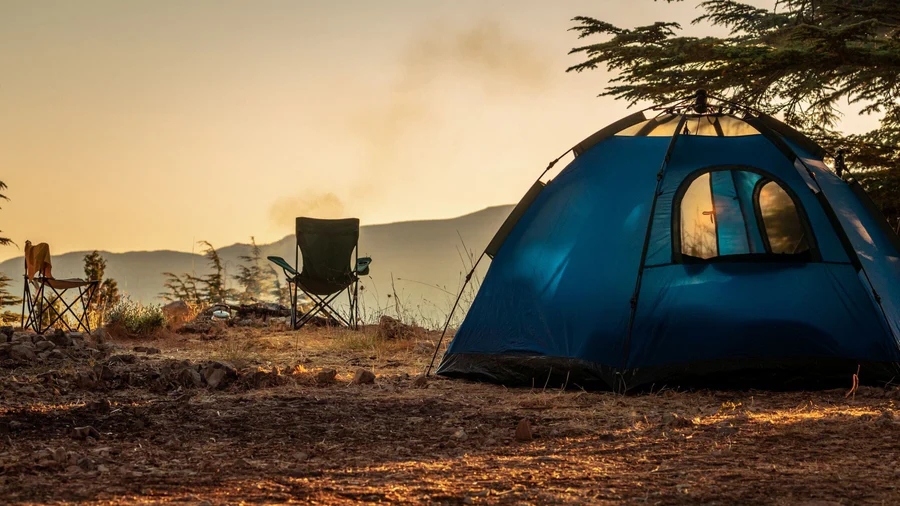
 1
1 1
1